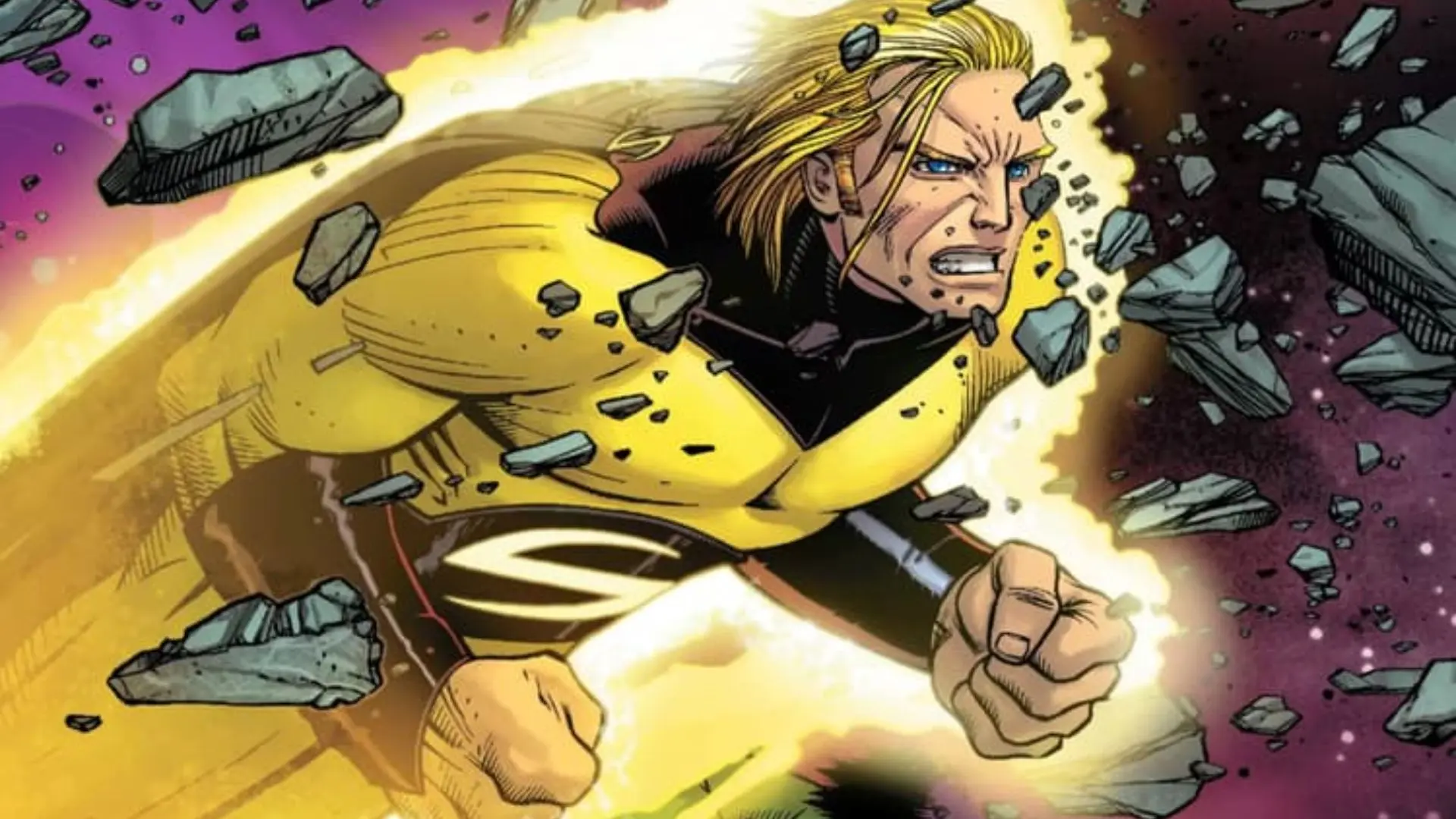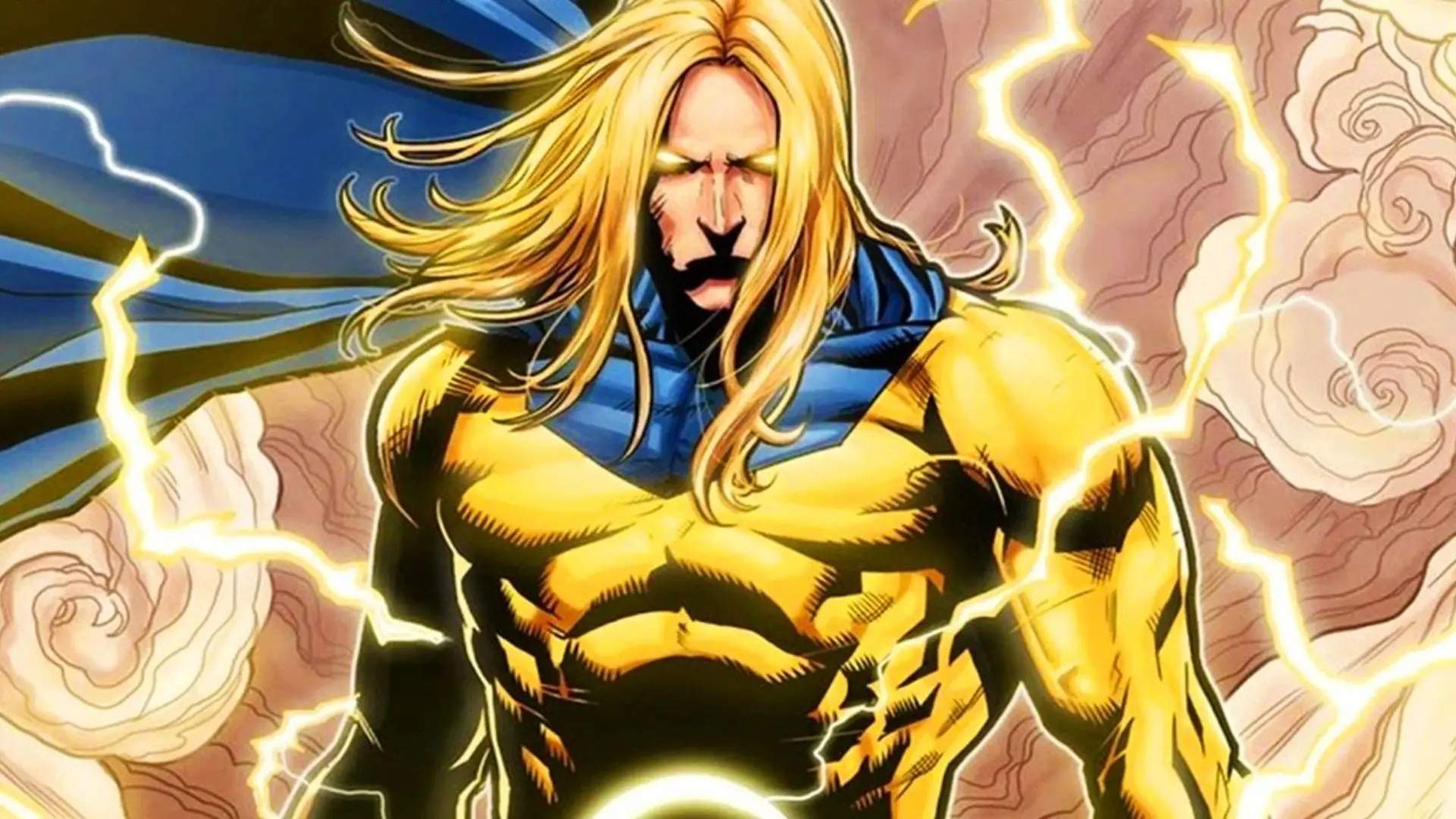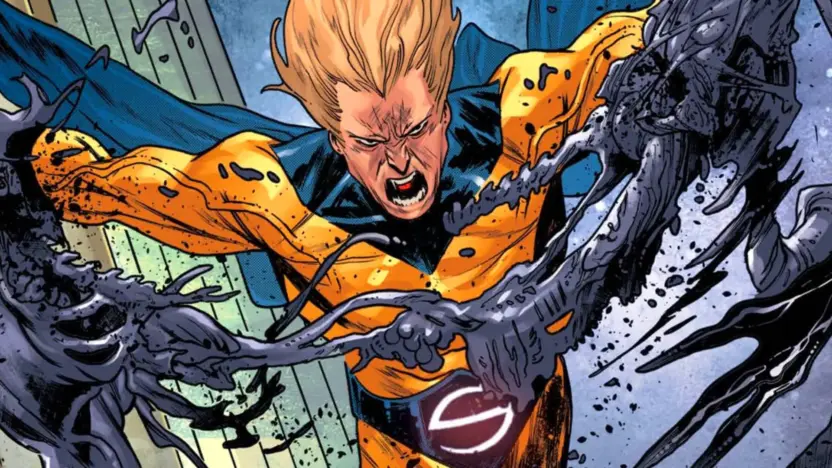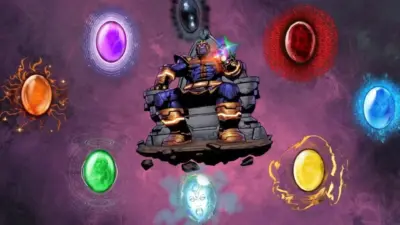Sentry is one of Marvel Comics’ most complex and powerful characters, often described as having the power of a million exploding suns. His introduction to the Marvel Universe brought a unique blend of heroism and tragedy, making him a standout character. His story is deeply rooted in mental health struggles, dark secrets, and incredible power, which makes him a fascinating figure. In this blog, we’ll dive into the origin story of Sentry, exploring his creation, his rise to prominence, and the duality that makes him one of Marvel’s most compelling superheroes.
The Creation of Sentry: A Forgotten Hero
Sentry, also known as Robert Reynolds, was first introduced in 2000 through The Sentry miniseries, created by writer Paul Jenkins and artist Jae Lee. However, Marvel Comics cleverly retconned the character into their universe by suggesting that Sentry had always existed but was mysteriously forgotten by everyone, including himself. This creative narrative device allowed the writers to weave Sentry’s story into Marvel’s vast history, positioning him as an integral yet hidden part of major events.
Sentry’s character was said to have been active during the Golden Age of superheroes, fighting alongside icons like Reed Richards (Mr. Fantastic), Spider-Man, and the Avengers. Yet, despite his seemingly crucial role, no one remembered him due to a dark twist in his origin.
The Experiment That Created Sentry
Before becoming Sentry, Robert Reynolds was an ordinary man struggling with substance abuse and emotional turmoil. His life changed when he stumbled upon an experimental serum in a lab. This serum was an enhanced version of the Super Soldier Serum that created Captain America, designed to bestow its recipient with unimaginable powers.
When Reynolds consumed the serum, it transformed him into Sentry, giving him the power of a million exploding suns. His newfound abilities made him one of the most powerful beings on Earth, with powers that exceeded those of any other hero at the time. His abilities included superhuman strength, flight, invulnerability, energy manipulation, light projection, and telepathy, making him a force to be reckoned with.
The experiment that created Sentry was originally meant for a different purpose, but Reynolds’ accidental encounter with the serum set the stage for his role as a superhero. This event was reminiscent of classic superhero origins, yet Sentry’s story took a darker turn with the introduction of The Void.

The Rise of The Void: Sentry’s Dark Side
One of the most important aspects of Sentry’s origin is his connection to The Void. Shortly after gaining his powers, Sentry began to experience the presence of a malevolent entity known as the Void. This being was a manifestation of Sentry’s dark side, acting as a counterbalance to his heroic persona. For every act of heroism Sentry performed, the Void would commit acts of terror and destruction.
The Void was the ultimate villain—capable of matching Sentry in strength, cunning, and cruelty. In many ways, the Void represented the internal struggle of Robert Reynolds’ mind, battling his own darkness and emotional trauma. The Void’s influence made Sentry a deeply tragic character, torn between his desire to be a hero and the fear of the destruction that came with his powers.
The most terrifying aspect of the Void was that Sentry himself could not defeat it. The Void was always lurking within him, a reminder that his own power was both a gift and a curse. This duality became central to Sentry’s narrative, leading to one of the most significant events in his storyline—his erasure from the collective memory of the Marvel Universe.
Erasing the Memory of Sentry
As the Void’s destruction escalated, the heroes of the Marvel Universe realized that the only way to prevent further devastation was to erase Sentry’s existence from everyone’s memory, including his own. Reed Richards and Doctor Strange were among the key players who helped Sentry orchestrate this massive mind wipe.
Using his vast powers and the aid of other superheroes, Sentry effectively removed all memories of his existence from the world. Not only did this erase the memory of the man behind the power, but it also eliminated all recollections of the Void. As a result, Sentry’s influence on significant events, such as his battles alongside the Avengers and his relationships with other heroes, was wiped from the minds of everyone.
This massive erasure allowed the world to continue without the looming threat of the Void, but it also left Sentry’s past shrouded in mystery. Robert Reynolds returned to a life of obscurity, unaware of his powers and his heroic alter-ego, until he eventually began to rediscover his abilities and the consequences of the Void’s return.
Sentry’s Return to the Marvel Universe
Sentry’s return came during the events of New Avengers in 2005, when the hero slowly began to remember his past and the immense power he once wielded. His resurgence sparked confusion and fear among the Avengers and other Marvel heroes, as they remembered the devastation caused by the Void.
However, Sentry’s reintroduction to the Marvel Universe was not only about his return as a superhero but also about his battle with mental illness. Robert Reynolds struggled with severe psychological trauma, manifesting in his schizophrenia and depression, which often led to his powers being unstable. His mental health issues were further exacerbated by his fear of the Void’s resurgence, making Sentry a complex figure in the Marvel Universe.
The Dark Reign: Sentry’s Role in Norman Osborn’s Empire
One of the most significant moments in Sentry’s storyline occurred during the Dark Reign event, where he became an unwilling pawn in Norman Osborn’s rise to power. After the Skrull invasion during Secret Invasion, Osborn replaced Tony Stark as the leader of S.H.I.E.L.D. and formed a new group of Avengers known as the Dark Avengers. Sentry, due to his immense power, became a crucial member of Osborn’s team.
Despite Osborn’s manipulations, Sentry remained a conflicted figure, torn between his loyalty to Osborn and his fear of the Void. As Osborn’s control over him deepened, Sentry’s mental state continued to deteriorate, eventually leading to one of the darkest moments in his history.

Siege and The Death of Sentry
During the Siege storyline, Sentry’s internal battle with the Void reached its climax. Osborn, desperate to maintain control over Sentry, unleashed the full extent of the Void’s power during a catastrophic attack on Asgard. The Void took complete control of Sentry, resulting in widespread destruction and death.
In a desperate attempt to stop the Void’s rampage, the Avengers were forced to confront Sentry head-on. Ultimately, Robert Reynolds, realizing the danger he posed to the world, asked Thor to kill him. Thor, understanding the gravity of the situation, honored Sentry’s request and struck him down, ending both Sentry and the Void’s threat.
Sentry’s death marked the end of one of the most tragic superhero stories in Marvel Comics. However, as with most comic book characters, his demise was not the final chapter.
Sentry’s Resurrection and Legacy
Sentry’s story did not end with his death. Like many Marvel heroes, Sentry was later resurrected, but his return only deepened his complexity. His resurrection involved his ongoing struggle with his mental health, his role as a hero, and the ever-present danger of the Void. Sentry’s return also highlighted the lasting impact of his actions on the Marvel Universe, as other heroes grappled with the memory of the destruction he caused.
As one of the most powerful beings in Marvel Comics, Sentry’s legacy continues to evolve. He remains a symbol of the duality between heroism and darkness, power and vulnerability. His struggles with mental illness, combined with his near-godlike abilities, make him a unique and deeply human character in a universe filled with gods, monsters, and everything in between.
Also Read: A Complete Breakdown of All 8 Infinity Stones in the Marvel Universe



